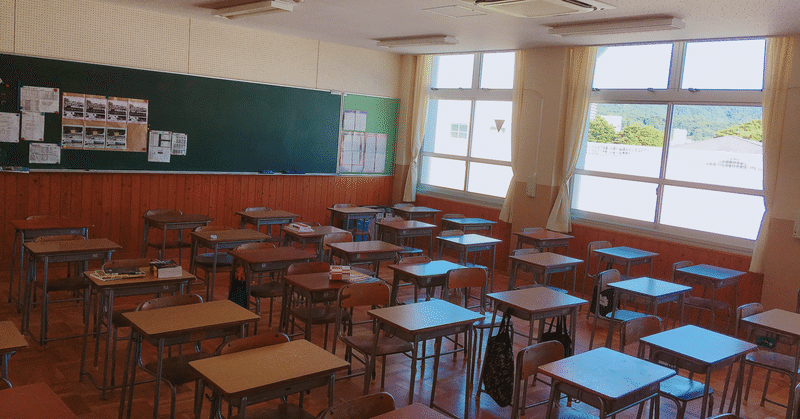
Elmore's Backward Mapping approach -「教室で何が起きるか」を起点に政策を考える-
Today's post is about education policies!
さて、今回は一味変わって政策関係のおはなし。
1. Richard Elmoreの論文
Teachers Collegeで上の教育政策の授業を履修していたのですが、その初回で最も心に残っている論文の紹介です。
This is an introduction of interesting articles that I read in the first class of Education Policy and the Managment of Instruction (TC course).
このRichard Elmoreは、政策を実行に移すに当たって、Backward Mappingというアプローチを提唱しました。対峙する概念であるForward Mappingと比較してみましょう。
Richard Elmore laid out the framework of "Backward Mapping" in policy implementation. I wanna compare it to the opposite concept; Forward Mapping.
2. Forward Mappingとは?
ポリシーメイカーが政策を立案する際に陥りがちな思考プロセスで、
This is the framework that policymakers tend to resort to when planning and implementing policies.
①政策目的 (Intent)
↓
②特定の政策 (Specific policy steps)
↓
③政策効果 (Outcome)
という流れです。
このとおりに行けば万歳ですが、中々そうはいかないですよね。
As you noticed, things do not always go as such.
3. Backward Mappingとは?
これに対してBackward Mappingは、「現場で何が起こるべきか」という具体的な場面からまずは思考プロセスを開始します。
そして、以下のような流れで考えていきます。
In contrast, backward mapping starts with "what should happen on the ground level" and then flows like this;
①現場で起こるべき特定の行動 (Specific behavior)
↓
②それによって達成したい目的 (Objective)
↓
③行動上の成果 (Operations outcome)
↓
④媒介機関 (Agency)
↓
⑤特定の政策 (Policy)
ここでポイントなのは、
・On the groundでどんな反応が起こるかに焦点を置くこと
・政策実行に携わる機関の特性(=障害になり得る)を踏まえること です。
例えば新しいカリキュラムを導入する政策なんかを当てはめてみると分かりやすいです。
The key points here are (a) focusing on the "closest point of contact" and (b) taking into account characteristics of agencies involved in imlplementation (could also be hindrance). Imagine how you introduce new curricula into public schools.
ともするとトップダウン的な思考回路で政策を作ってしまいがちなのですが、
逆方向から政策を考えてみるというのは、とても説得力があります。
この視点を忘れずに政策を分析していきたいと思います!
Policymakers tend to prefer top-down policies, but analyzing policies in a reversed way is very persuasive. I have to keep in mind as a policy analyst.
(※この投稿は、2017年3月時点のものをリメイクしたものです。)
この記事が気に入ったらサポートをしてみませんか?
